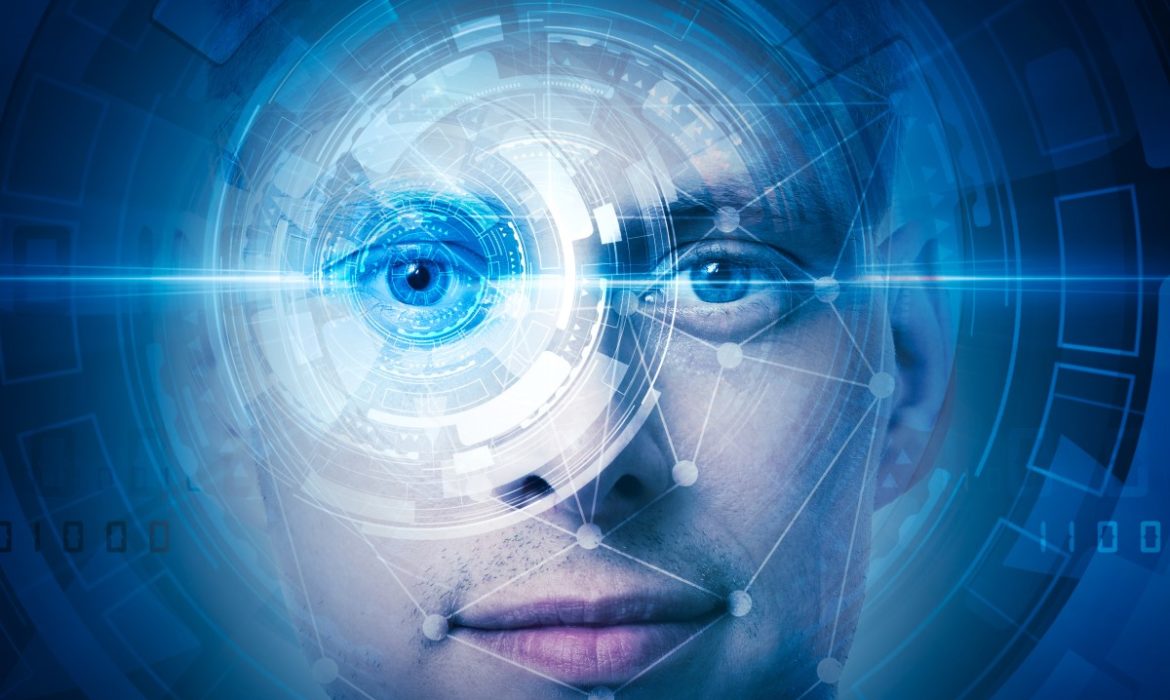Most of us use facial recognition technology daily to access our mobile phones. However, acceptance of facial recognition often doesn’t extend beyond personal use. Many jurisdictions have put this technology on hold for now because it raises complex ethical dilemmas.
There is a strong negative sentiment about using face recognition technology. The lawmakers see it as an invasion of privacy, as well as a step toward mass surveillance.
However, some ask what is more important, safety or privacy in the streets or public buildings? Still, this technology’s appropriate use depends on the prevailing culture, legislation, ethics, and practices. Presently, there are no widely used or accepted regulations about facial recognition.
Furthermore, facial recognition is far from perfect. There is training bias, which means that facial recognition technology isn’t equally accurate for all types of faces. There are facial recognition technologies that sometimes fail to identify the race or gender of individuals correctly. This inaccuracy leads to persons being misidentified, which may be disastrous if we use the technology for identifying felons, for example.
Besides, facial recognition very easily misinterprets nuanced facial expressions. An expression that conveys a polite greeting in one culture may indicate agreement or confirmation in another.
We must consider the reliability of facial recognition technology before deciding to make it operational. We should also take the time to develop sufficient countermeasures or verification procedures to battle the issues of false positives and bias.
How to establish proportional use of facial recognition by trying less invasive technologies
Proportionality is an important ethical concept. In our case, it means that a company should use tech powerful enough to solve a particular problem, though not much more powerful.
Before employing some particular technology, we should consider whether the end goal can be achieved with a less invasive one. To strike the right balance, we must find the appropriate use and focus on gathering only the necessary data.
Let’s say a retail outlet has security camera surveillance. While it can prevent instances of shoplifting, it’s definitely an invasion of privacy. A standard video-recording security camera is sufficient in this scenario.
Security Experts will Test Hacker-Friendly Iphones
Lawmakers think that we should restrict the use of facial recognition data by establishing purpose boundaries. Furthermore, responsible persons should carefully process the gathered data for specific, deliberate, predefined purposes. After all, ethical issues typically arise when data use crosses the initially stated purpose boundaries.
Furthermore, it’s critical that data and analytics leaders explicitly determine and document data’s lineage of intent. They must also restrict its use to only that predefined purpose.
















